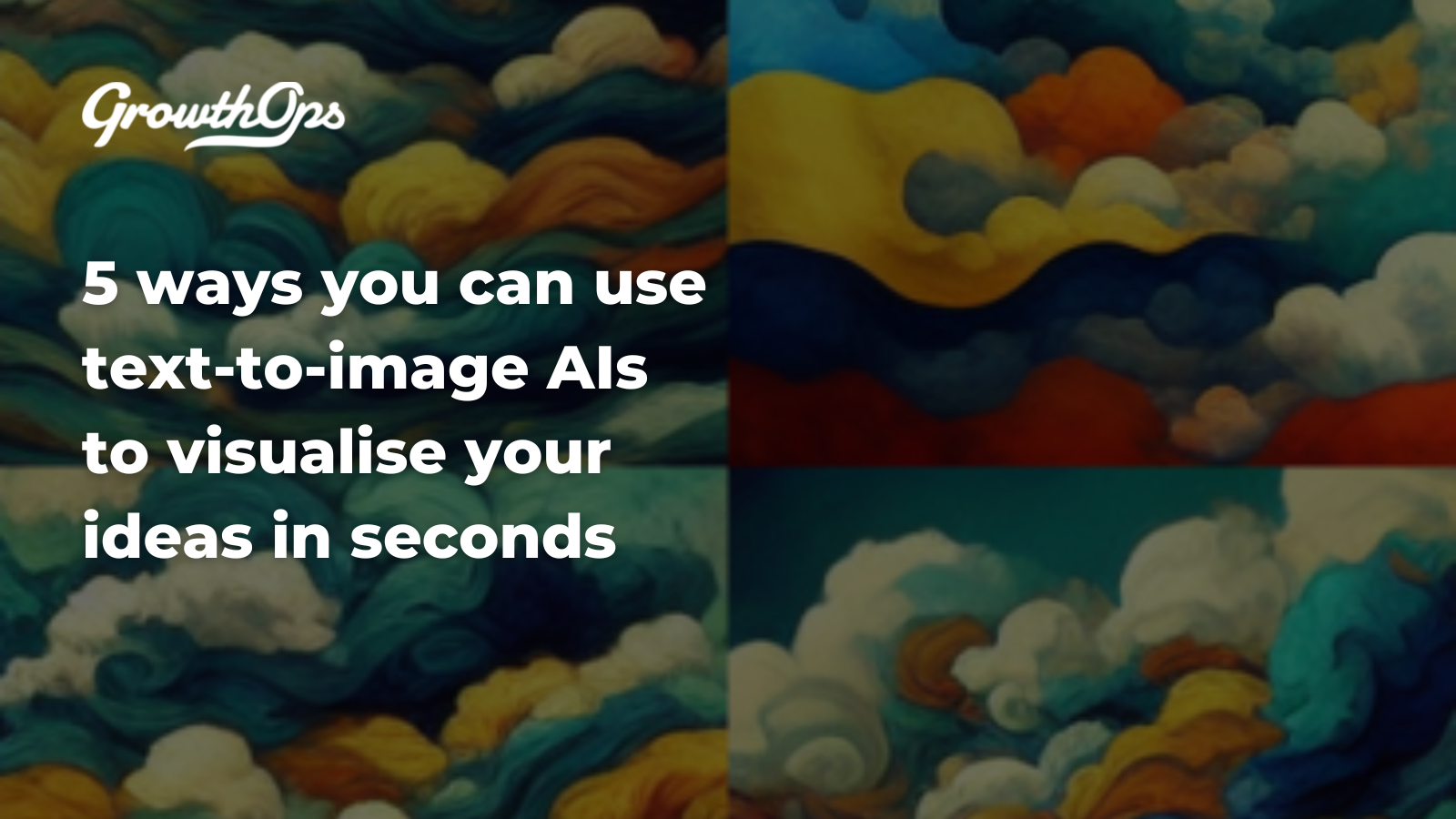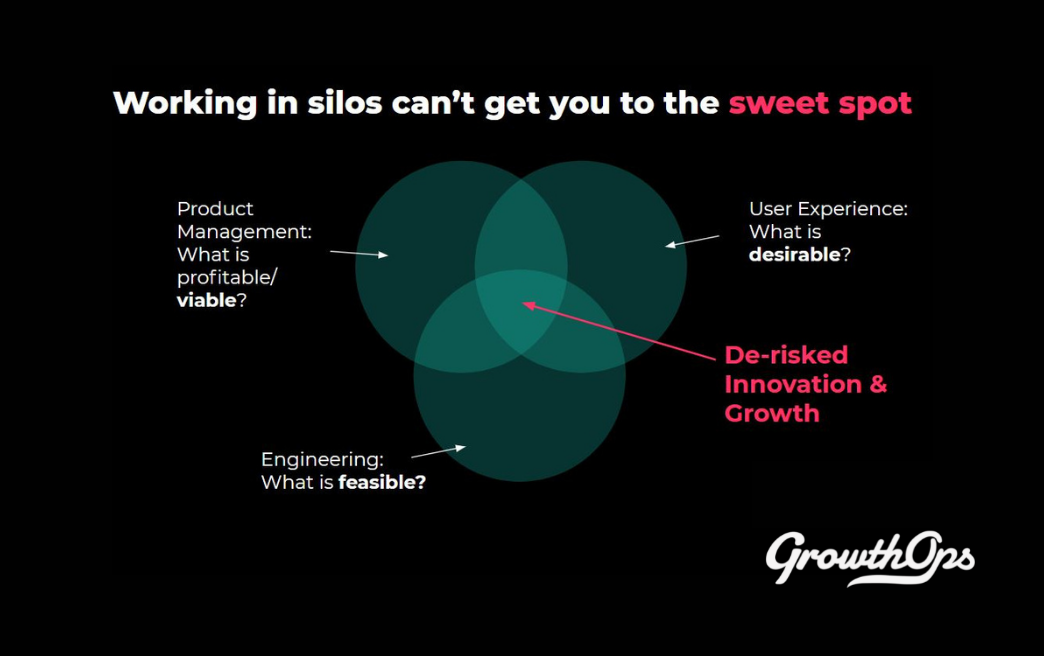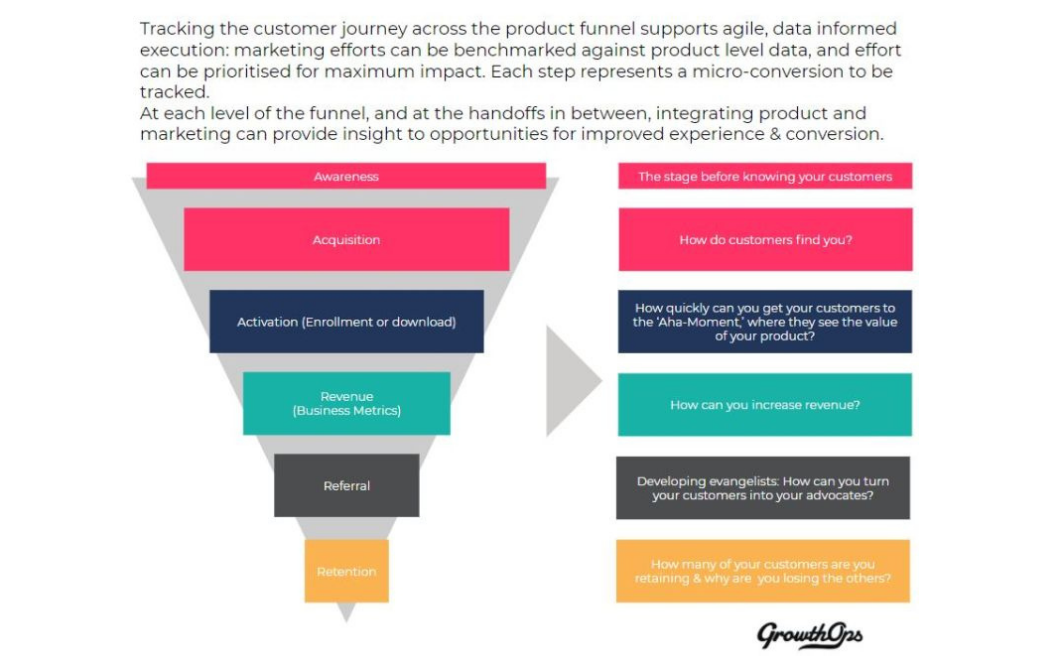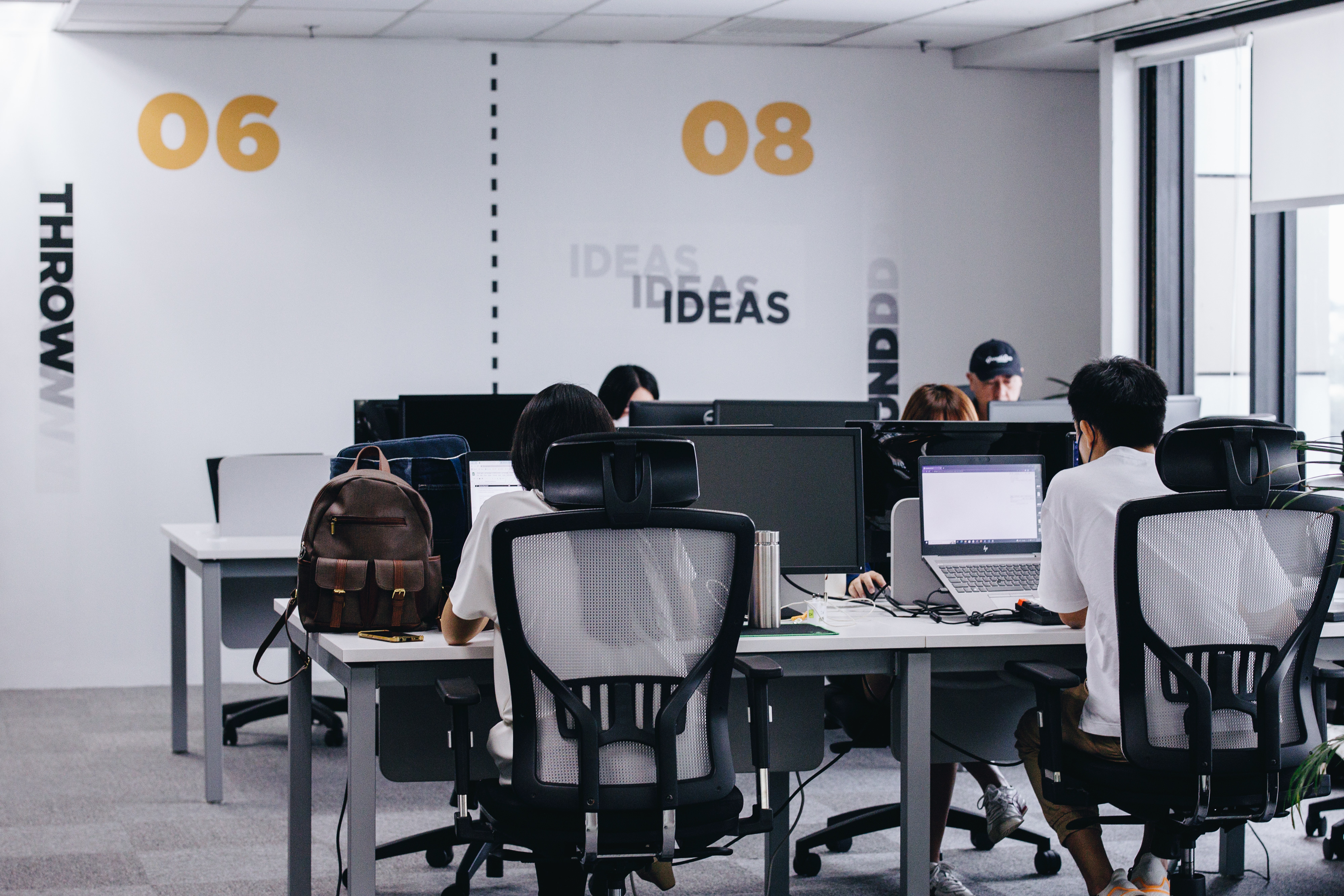You probably heard about the transformation happening in the creative world brought by the release of AI imaging software like DALL- E and DALL-E 2.
These software use text-image pairs which generate images from descriptive text prompts. Earlier this month, Midjourney introduced to the market its fully-open beta that is currently operating through Discord. Last week, another player Stable Diffusion released the DreamStudio web app. And soon, Google will release its very own version called Imagen designed to generate images with a high level of photorealism.
This technology is becoming popular even with content creators. Tiktok creators can now use TikTok’s basic text-to-image generator called “AI greenscreen” which can be used to generate image background directly in the app.
The lightning-fast growth of this market has brought forth builders such as promptoMANIA and Noonshot that supports creators in creating detailed prompts. Complete with art styles, lighting, materials, colors, lens, depth of field, and even real-life artist inspirations, these builders expand creators’ imagination further.
The whole creative process is being upended. With the increasing demand for artwork content, having these technologies can help you get past a creative slump, allowing you to deliver results faster and even better.
Here are the 5 ways you can leverage these AIs in your personal or your team’s creative process.
1. From word clouds to visual clouds — brainstorm with AI
In less than a minute, AI can translate your ideas into detailed visuals. There’s no right or wrong at this stage. By just typing the word prompts, you can generate the visual version of your idea instead of having everyone think about what it will look like.
Thinking about how retro tacos will turn out? Here’s the machine’s take: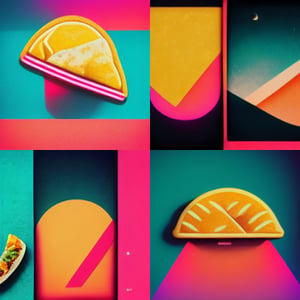
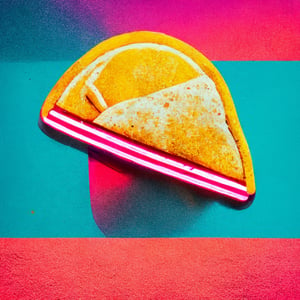
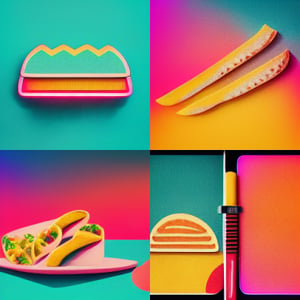
2. Give faces to your customer personas
A 32-year-old nerdy male yuppie or a 28-year-old female employee with sleek style and hair highlights? Meet your customer personas. You can take the machine’s artwork or ask for more realistic faces.
.png?width=300&name=unnamed%20(10).png)
-1.png?width=300&name=unnamed%20(11)-1.png)
3. Create limitless prototypes
Need to sample your idea using different styles? With AI, you can enhance, create variations and upscale their generated images.
Here are samples of typographic posters with blocks of headlines and subheadlines, from normal to Keith Haring style to Van Gogh style (left to right)..png?width=300&name=unnamed%20(12).png)
.png?width=300&name=unnamed%20(13).png)
.png?width=300&name=unnamed%20(14).png)
4. Storyboard your scenes
You can upload images and bring them in to the scene. Visualise characters and elements in a curated environment over a specific timeline. Various online communities are available where they share tips and best practices on how to get the most out of AI.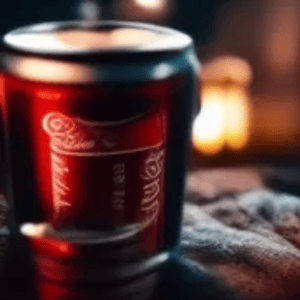
-1.png?width=300&name=AI%20Storyboard%20(1)-1.png)
-1.png?width=300&name=AI%20Storyboard%20(2)-1.png)
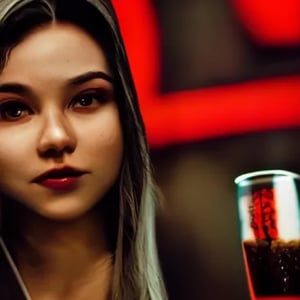
5. Play around with background and foreground
Experimenting with colors, adjusting lighting, changing lenses, and modifying the depth of field are just some of the helpful prompts you can use when reimagining your work using AI.
Here's a photo of Chris Evans generated by Midjourney using the following prompts: Cinematic, portrait, Photography, Shot on 135mm, Depth of Field, F/2.8, high Contrast, 8K, Cinematic Lighting, Volumetric Lighting, etheral light, cold, rainy, intricate details, extremely detailed --ar 2:3 --test.png?width=246&name=unnamed%20(20).png)
Time to Get Creative with AI
With text-to-image AI, imagination is literally the limit.
The process of translating these imaginations gets expanded and synthesised, assisting artists in validating ideas, deepening thoughts, and exploring variations.
It will take a little time for AI art machines to mature, but it will drastically improve productivity and open up more possibilities in the creative space.
The input of creative professionals and teams will help in shaping the technology and driving it in the direction that is sustainable for everyone in the long term. Like any other artist's brush, technology is a tool, and how we paint the future is on us. Are you on board?
